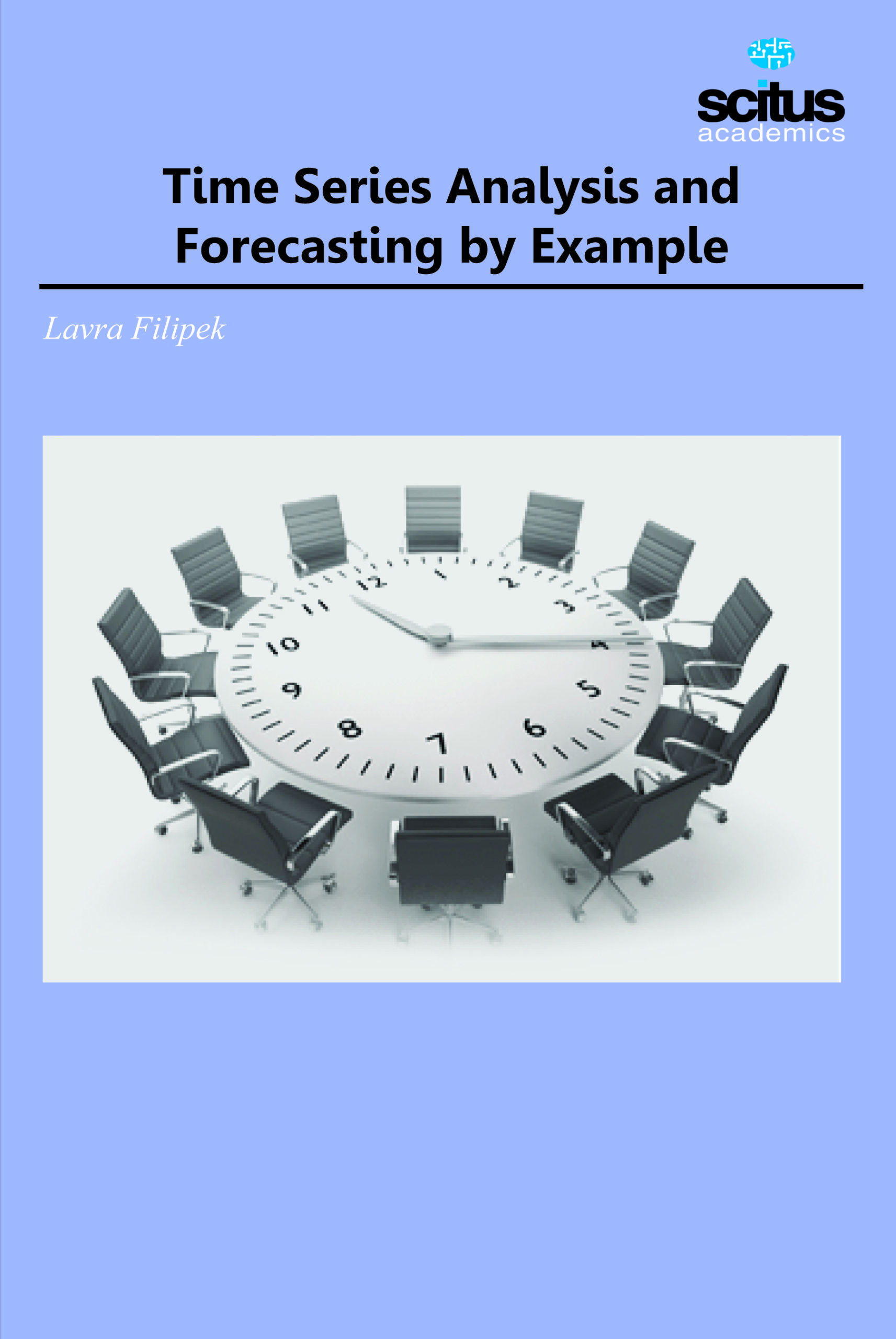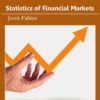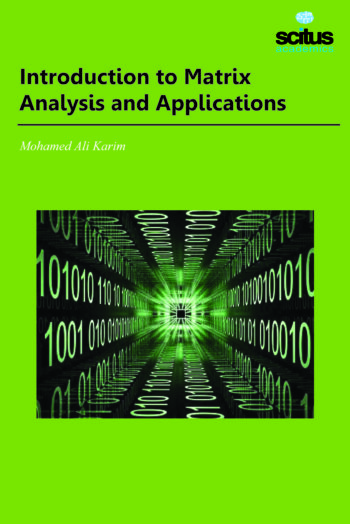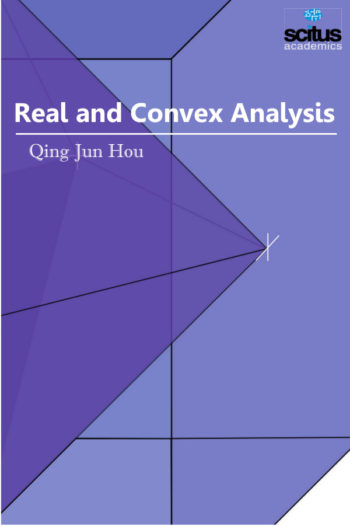Time series analysis comprises methods for analyzing time series data in order to extract meaningful statistics and other characteristics of the data. Time series forecasting is the use of a model to predict future values based on previously observed values. While regression analysis is often employed in such a way as to test theories that the current values of one or more independent time series affect the current value of another time series, this type of analysis of time series is not called “time series analysis”, which focuses on comparing values of a single time series or multiple dependent time series at different points in time.
Time series data have a natural temporal ordering. This makes time series analysis distinct from cross-sectional studies, in which there is no natural ordering of the observations. Time series analysis is also distinct from spatial data analysis where the observations typically relate to geographical locations. A stochastic model for a time series will generally reflect the fact that observations close together in time will be more closely related than observations further apart. In addition, time series models will often make use of the natural one-way ordering of time so that values for a given period will be expressed as deriving in some way from past values, rather than from future values.
Time Series Analysis and Forecasting by Example emphasizes on techniques in time series analysis using various examples. The book focuses methods and techniques for time series analysis in a simplified, example-based approach. This book is concerned with forecasting methods based on the use of time-series analysis. It is primarily intended as a reference source for practitioners and researchers in forecasting, who could, for example, be statisticians, econometricians, operational researchers, management scientists or decision scientists. The book could also be used as a text for a graduate-level course in forecasting.













